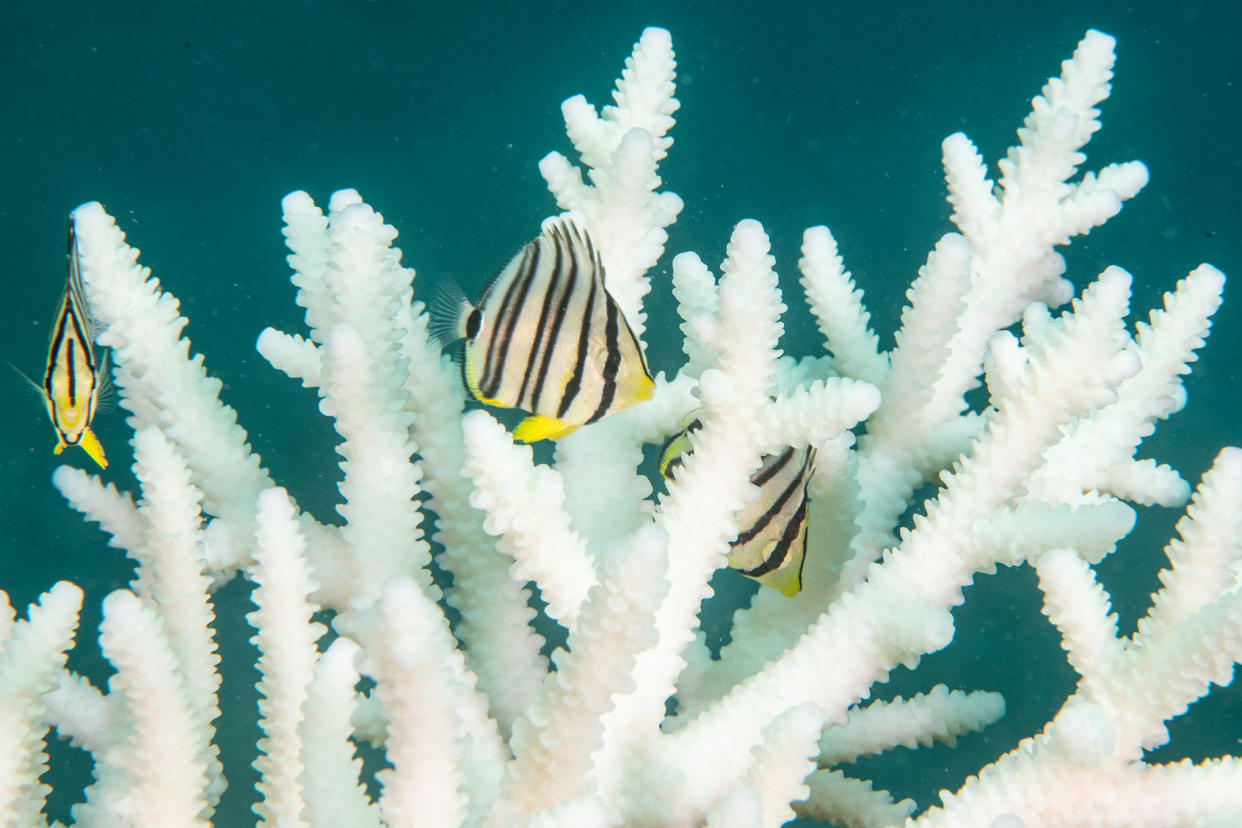"Crazy haywire": Massive coral reef bleaching driven by climate change

"Crazy haywire" are not words one usually hears from an official at the National Oceanic and Atmospheric Administration (NOAA), yet that is how Derek Manzello recently described the record-high temperatures threatening to decimate the world's coral reefs. Speaking at a press conference on Thursday, the coordinator of the NOAA’s Coral Reef Watch Program said that more than three-fifths of the world's coral reefs (60.5%) had started bleaching due to high ocean temperatures.
Coral reefs "bleach," or expel the algae (zooxanthellae) living with them, when they experience significant stress. This does not kill the coral, although it turns them white (hence the term "bleaching") and usually means the organisms are in poor health.
“We had to add additional bleaching alert levels to appropriately categorize just how hot it was,” Manzello said. In December the NOAA updated their bleaching alert system to create categories for heat stress on a scale of 1 to 5.
“For an Alert Level 5, we are estimating that approximately 80% or more of corals on a particular reef may die,” Manzello said. “This is analogous to a Category 5 hurricane or cyclone.” NOAA's Coral Reef Watch says that there are Bleaching Alert Level 5 reefs in the southern Atlantic and Bleaching Alert Level 4 reefs in the central Pacific Ocean and off the Atlantic coast of South America.
Scientists have determined our "fingerprints" are over the rapidly heating oceans, and it is even changing its color to a more greenish shade.

